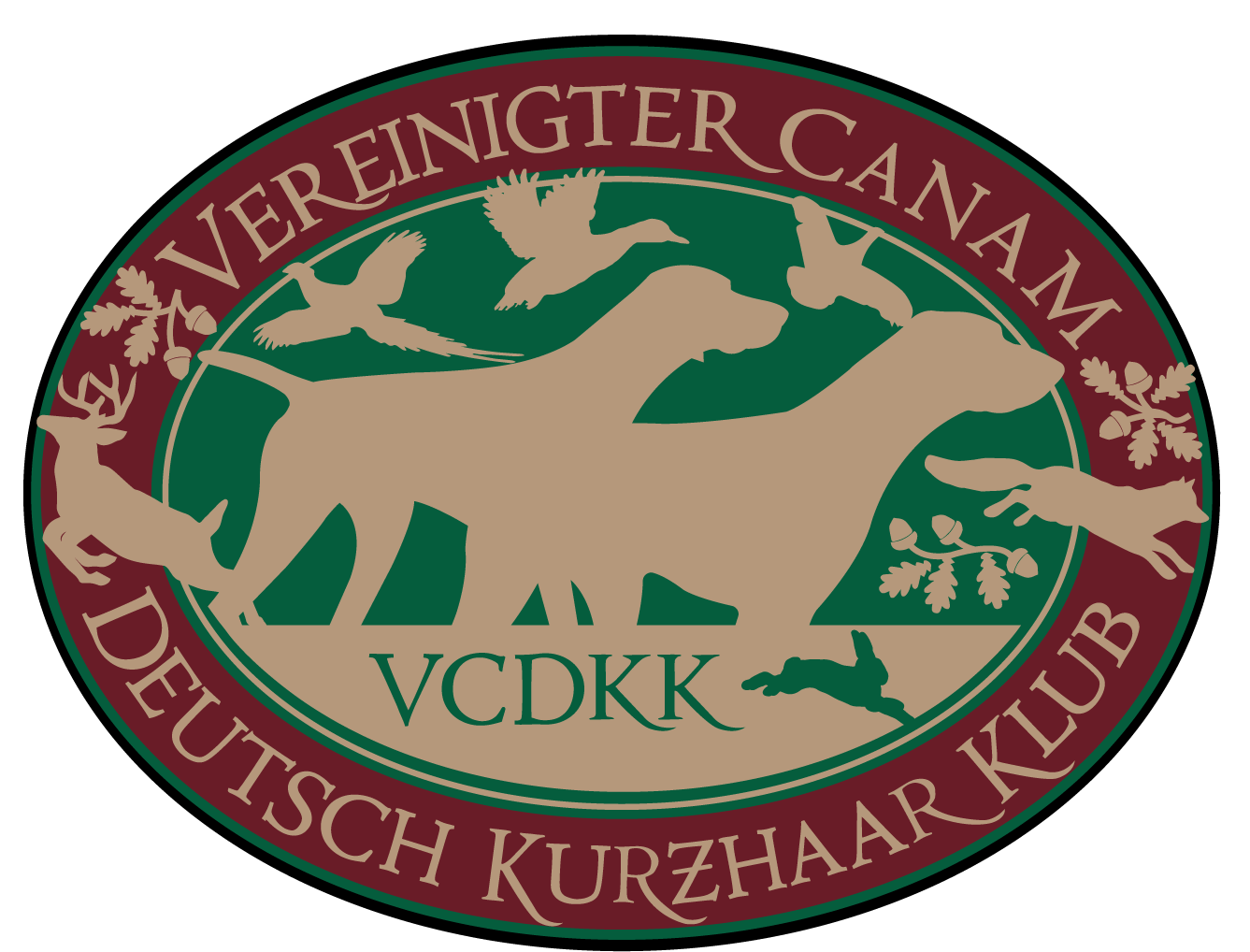Form Follows Function
in the early stages of versatile hunting dog breeding, There were essentially two lines of thinking
led by Karl Brandt and Samezki were nationalistic, wanted nothing British. They wanted to use only German stock. This group knew that to retrieve a fox over an obstacle, for example, the dog must stand taller, have a bit longer neck and a lot stronger neck and back. And they set out breeding toward that conformation, trying to get function to follow form. They favored the long, dangling, circular ears and the stopless or Greek profile as indications of a purebred German precisely because the English pointer's ears were small and tight, and his dish face had a definite stop. This small but vocal faction held the upper hand in the beginning and as a result progress was much delayed because many fine performing specimens were discarded because they failed to exhibit the "legendary" ancient German conformation.
The "form" group
was led by Prince Albrecht zu Solms-Braunfels and Baron von Zedlitz. Solms was a pioneer breeder, had a fine kennel of pointers and setters (and some experimental breeds), pushed for the introduction of pointer blood. Zedlitz was a sports writer using the pen name "Hegewald" and was of the same mind. This met with considerable opposition from the patriotic, "form first" boys. It is difficult to know exactly what breeds produced the shorthair because of this conflict. In the beginning, many German breeders were secretive, intentionally vague and evasive about their breeding stock to avoid being labeled "Anglophiles." In those early days it was mostly talk and most of the discussion centered on the multipurpose dog to come, the pointer debate, what tests (field trials} should be set up, the strange results of various crosses and "what should we try next?" Because in the beginning pointing was about all one could count on, the pointing instinct seemed to be dominant in most crosses.
The "function" group
“The only way to develop the wished-for utility dog-of-all virtues is to take and use only the dogs best performed in those requirements.”




